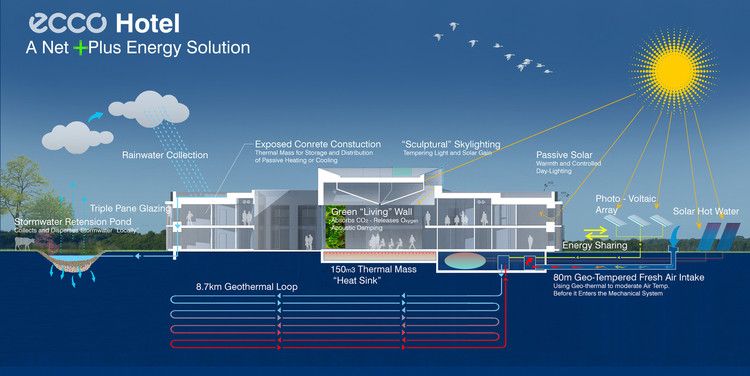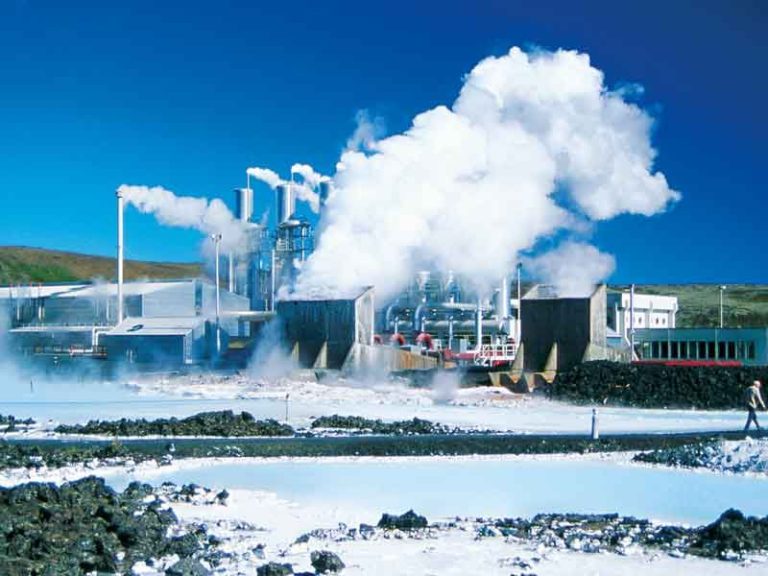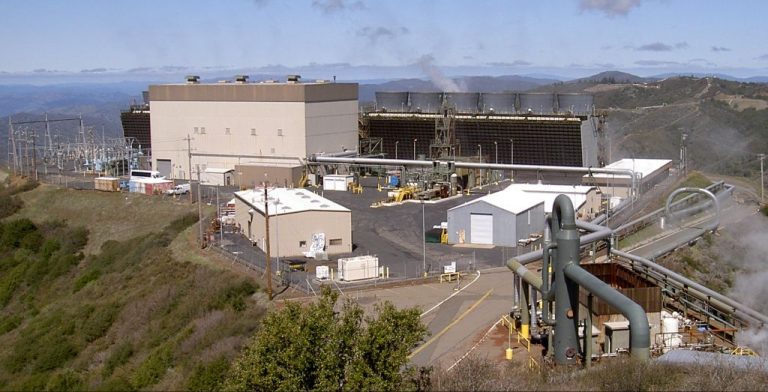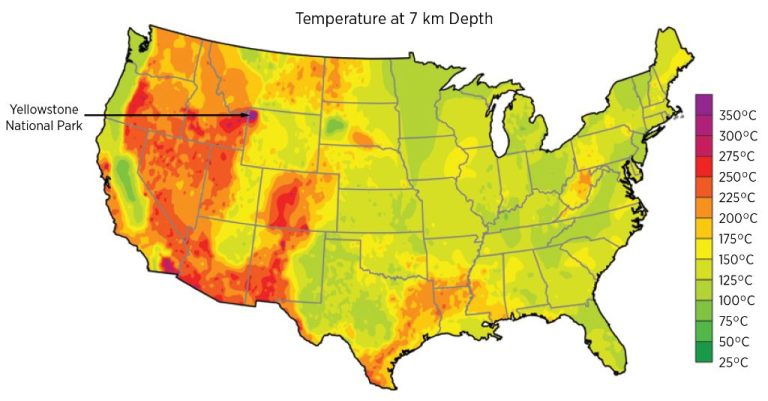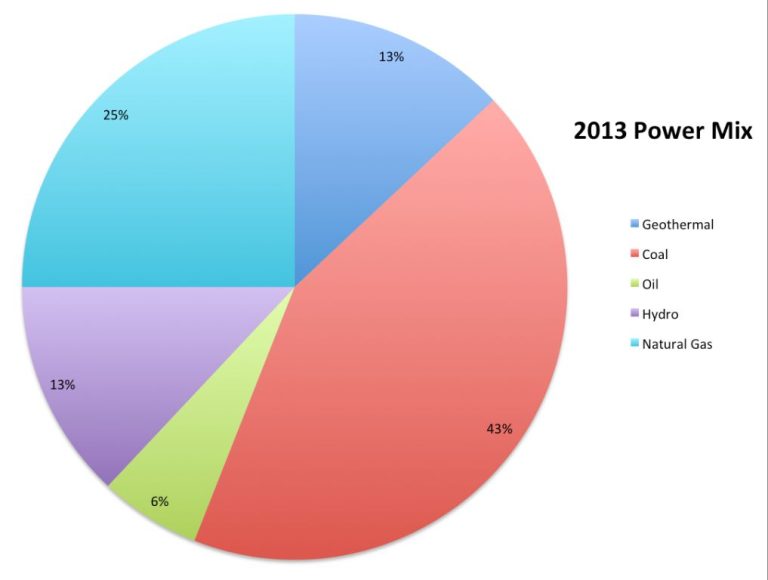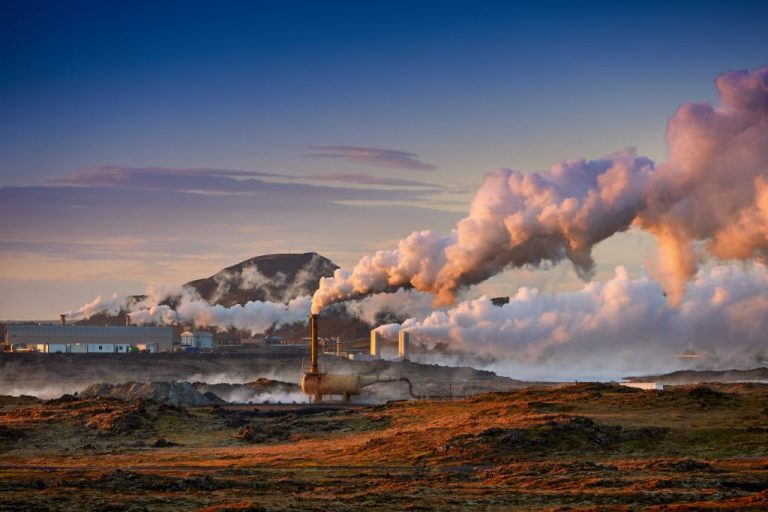What Is The Explanation Of Geothermal Heating?
What is Geothermal Energy?
Geothermal energy is thermal energy generated and stored in the Earth. The geothermal energy of the Earth’s crust originates from the original formation of the planet and from radioactive decay of materials (1). The word “geothermal” comes from the Greek words geo, meaning earth, and therme, meaning heat. So geothermal energy is “heat from the Earth” (2).
Geothermal energy is considered a renewable energy source because the heat emanating from the interior of the Earth is essentially limitless. The Earth has cooled by about 300°F over the past 4 billion years, but still has about 10,000 quadrillion quadrillion BTUs (10^28) of heat left in its core (2). This is more than enough to supply Earth’s energy needs for billions of years.
In contrast, fossil fuels like coal, oil and natural gas are non-renewable – they are in limited supply and will eventually run out. Geothermal energy is seen as a viable alternative to fossil fuels because it is a stable, renewable, and environmentally friendly energy source that does not run out over time.
Sources:
(1) https://www.twi-global.com/technical-knowledge/faqs/geothermal-energy
(2) https://www.energy.gov/eere/geothermal/geothermal-basics
How Geothermal Energy Works
Geothermal energy relies on heat flow from the Earth’s core to its surface. The Earth’s core is extremely hot, estimated to be around 4,000–7,000°C. This heat flows outward by conduction through the different layers of the Earth towards the surface. Some areas have much higher heat flow than others depending on their location along the tectonic plate boundaries.
Convection occurs when warmer masses rise and cooler masses sink, causing circulation of material. This occurs in “hot spots” where magma comes close to the Earth’s surface. The magma heats water found in cracks and pores in the rock, and the heated water comes to the surface as hot springs or geysers. This heated water is an important source for geothermal energy production.
The edges of tectonic plates are areas where heat flow is concentrated, known as thermal anomalies. This is where most of the world’s volcanoes are found. Higher heat flow results in high temperature gradients, which allow greater heat mining from geothermal resources. Understanding the science behind plate tectonics and the Earth’s internal heat flow allows identification of ideal sites for geothermal energy production.
Types of Geothermal Resources
There are three main types of geothermal resources that can be used for energy production:
Hydrothermal Resources
Hydrothermal resources contain hot water or steam and are the most common type of geothermal resource. They occur where rainwater or surface water seeps deep into the earth and is heated up by hot rocks. The heated water then returns to the surface in the form of hot springs, geysers, or steam vents. Hydrothermal resources are used for geothermal power generation at facilities located near geothermal reservoirs.
According to the Department of Energy, hydrothermal resources provide the heat for geothermal power plants in the western U.S. and other places worldwide where bodies of magma exist near the earth’s surface.
Geo-Pressured Resources
Geo-pressured resources contain hot brackish water under pressure. They are found in deep sedimentary basins where the weight of overlying rocks causes abnormal pressure underground. While geo-pressured resources have not yet been used commercially, experts believe they may have great potential for future use.
Hot Dry Rock Resources
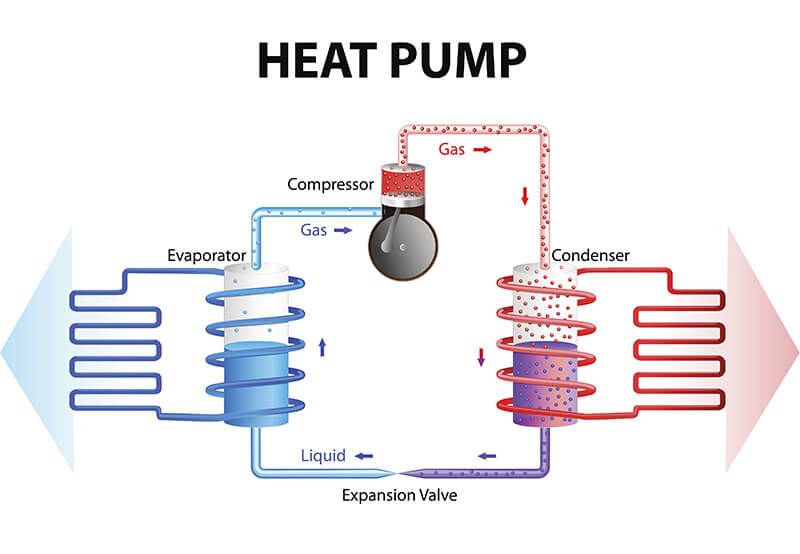
Hot dry rock (HDR) resources involve heat found in hard crystalline rock with little or no water present. HDR systems pump water down an injection well and through cracks in the hot rocks. The heated water is then drawn to the surface where its energy can be tapped. While no commercial HDR plants are in operation today, some research and demonstration projects are underway.
Using Geothermal Energy
Geothermal energy can be used directly for heating and cooling or to generate electricity. Direct use applications take advantage of the stable temperatures near the Earth’s surface to provide heating and cooling for buildings, greenhouses, aquaculture and other facilities. Geothermal heat pumps are used for space heating and cooling in residential and commercial buildings. Geothermal resources are also used to generate electricity in geothermal power plants. In 2019, geothermal energy directly provided heating and cooling for an estimated 300 state heating installations and 120 district heating systems in the United States. [1]
For residential buildings, geothermal heat pumps are connected to underground loops that transfer heat between the Earth and the building. During winter, the heat drawn from the ground is concentrated and transferred indoors for space heating. In summer, hot air indoors is transferred outside to the ground loop, providing cooling. Geothermal heat pumps can reduce energy use for space heating and cooling by up to 50% compared to conventional HVAC systems. [2]
For commercial buildings and district heating systems, geothermal resources with temperatures above 150°C can provide direct heating, without needing heat pumps. Hot springs and reservoirs found at geyser fields are examples of high-temperature geothermal resources used for direct heating applications. Lower temperature geothermal resources below 150°C can be used with heat pumps for commercial space heating and cooling, as well as water heating.
Geothermal Power Plants
Geothermal power plants harness geothermal energy to generate electricity. There are three main types of geothermal power plants: dry steam plants, flash steam plants, and binary cycle plants.
Dry steam plants utilize steam that arises directly from a geothermal reservoir to turn generator turbines. The first geothermal power plant was a dry steam plant built in Italy in 1904 [1]. These plants are the simplest and oldest type of geothermal power plant.
Flash steam plants take high-pressure hot water from deep inside the earth and convert it to steam to drive generator turbines. When the pressurized hot water is pumped to the surface, the drop in pressure causes it to vaporize into steam [2]. Flash steam plants are the most common geothermal power plants in operation today.
Binary cycle plants differ because the water remains in liquid form. The hot water is passed through one side of a heat exchanger while an organic fluid with a much lower boiling point, such as isobutane or isopentane, passes through the other side. The heat from the water causes the organic fluid to vaporize, which then drives the generator turbines.
Geothermal Heating and Cooling
Geothermal heating and cooling utilizes heat pumps and underground loops to transfer heat between the shallow ground and buildings for space heating and cooling. Heat pumps work by moving heat between two places, similar to a refrigerator moving heat from its inside to its outside coils
There are two main types of underground loops used for geothermal systems: open loop and closed loop. Open loop systems draw water from an aquifer, run it through the heat pump, and then discharge it back to the aquifer. Closed loop systems recirculate an antifreeze solution through pipes buried in the ground and connected to the heat pump [1].
Closed loops can be installed vertically or horizontally. Vertical loops involve drilling holes typically 100-400 feet deep with U-shaped pipes inserted. Horizontal loops involve trenches 3-6 feet deep with a series of pipes laid in the trenches forming a loop. The type of loop depends on the available land space and soil/rock type [2].
Residential Geothermal Systems
Geothermal heat pump systems can be an energy efficient and cost-effective way to heat and cool homes. According to the Department of Energy, geothermal heat pumps can reduce energy costs by 30-60% compared to traditional HVAC systems (https://www.energy.gov/energysaver/geothermal-heat-pumps).
The upfront installation cost for a geothermal system averages $20,000-$30,000 according to Dandelion Energy, a leading geothermal installer. However the 30% federal tax credit can offset some of this cost (https://dandelionenergy.com/all-you-need-to-know-about-home-geothermal-heating-cooling). Over 10-20 years a geothermal system can pay for itself through energy savings.
Proper installation is key to maximize efficiency. Geothermal systems require drilling wells 100-400 feet into the ground to harness the Earth’s stable temperatures. A trained technician connects the underground loop to an indoor heat pump unit. The system extracts heat from the ground in winter and rejects heat into the ground in summer.
Geothermal heat pumps are 3-4 times more efficient than air source heat pumps because they utilize the Earth’s natural warmth (https://www.energy.gov/energysaver/geothermal-heat-pumps). According to the Environmental Protection Agency, geothermal systems provide 3.5-5 units of energy for every 1 unit used to power the system.
Commercial Geothermal Systems
Large commercial buildings like schools, hospitals, and office buildings can benefit greatly from geothermal heating and cooling systems. Commercial geothermal systems use the same principles as residential systems, but on a much larger scale. They leverage the stable temperatures underground to provide heating and cooling for the entire building.
One of the biggest advantages of commercial geothermal systems is their ability to provide large scale heating and cooling. A single commercial geothermal system can have over 50 tons of capacity, enough to heat and cool a 250,000 square foot building. Multiple geothermal units can be combined to heat and cool even the largest commercial structures. The systems are highly efficient at this scale. According to this source, commercial geothermal systems can reduce energy usage by up to 80% compared to conventional HVAC systems.
Many commercial geothermal systems also utilize aquifer thermal storage. This involves pumping water from an underground aquifer to help provide heating and cooling. During the winter, the warm aquifer water is used to heat the building via a heat exchanger. In the summer, the building’s excess heat is rejected into the cool aquifer water for storage. This provides greater efficiency and enormous thermal storage capacity for large buildings.
Environmental Impact
Geothermal energy has several advantages over conventional power plants in terms of emissions and environmental impact. According to the U.S. Department of Energy, geothermal plants emit on average 97% less acid rain-causing sulfur compounds and 99% less smog-causing nitrogen oxides than conventional coal plants (“Geothermal Energy and the Environment,” 2022). Because geothermal plants do not burn fossil fuels, they produce near zero emissions of greenhouse gases like carbon dioxide.
However, geothermal energy production is not completely free of environmental concerns. Extracting and pumping hot water from underground reservoirs can lead to subsidence, or the gradual sinking of land. Poorly managed geothermal plants can also contribute to air and water pollution from hydrogen sulfide emissions. Proper monitoring is necessary to mitigate these effects.
There are also concerns over the large amount of water required by geothermal power plants. A typical plant evaporates over 1,000 gallons per megawatt-hour of electricity generated (UCSUSA, 2013). This high water usage can put a strain on local water resources, especially in arid regions. Using air cooling systems instead of evaporative towers can reduce a plant’s water needs significantly.
Overall, geothermal energy has a small environmental footprint compared to conventional energy sources. With proper management and siting, geothermal power can provide clean, renewable baseload energy with minimal impacts on the environment.
Future of Geothermal
Geothermal energy has significant potential for growth in the future with new technologies and innovative systems. One major area of development is enhanced geothermal systems (EGS). These systems are engineered reservoirs created to produce energy from geothermal resources that are otherwise not economical due to lack of water and/or permeability. EGS technology enhances geothermal systems by pumping high pressure cold water down an injection well to fracturize the hot dry rock and allow water to circulate and become heated. This heated water is then pumped back up production wells as hot water or steam to generate electricity.
According to research from MIT, EGS could provide 100 gigawatts of electricity in the US by 2050, which would represent a tenfold increase in geothermal generation [1]. Improved subsurface imaging and drilling technologies make EGS more feasible and cost-effective. Advancements in binary power plant efficiency can also increase the power output and expand the range of usable hydrothermal resources.
With increased investment and research, geothermal energy deployment is projected to grow substantially worldwide. The International Renewable Energy Agency predicts global geothermal power capacity could increase 26-fold by 2050. However, growth depends on supportive policies, incentives, and technology improvements to identify resources, lower costs, and reduce risks [2].

